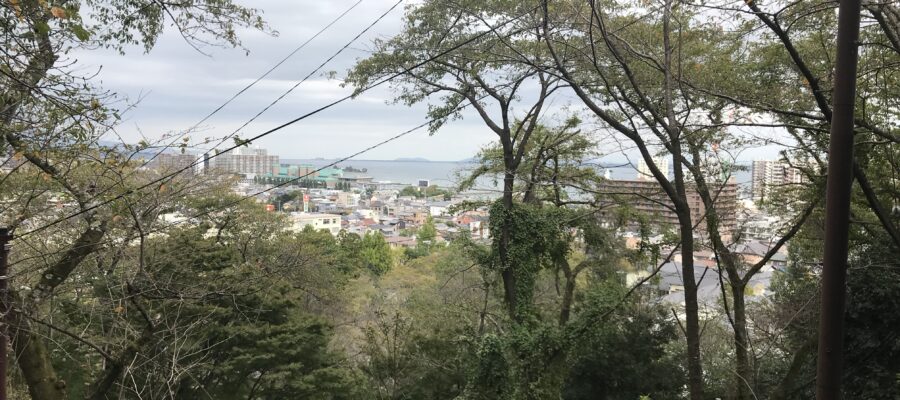琵琶湖疏水に沿って上る
滋賀県庁との打ち合わせ予約を夕方に取り、早めに大阪の事務所を出て西国霊場14番 長等山園城寺(三井寺)にやってきました。琵琶湖疎水沿いに坂を上がって来たせいか、仁王門ではなく、裏門の方から入ってしまいました。
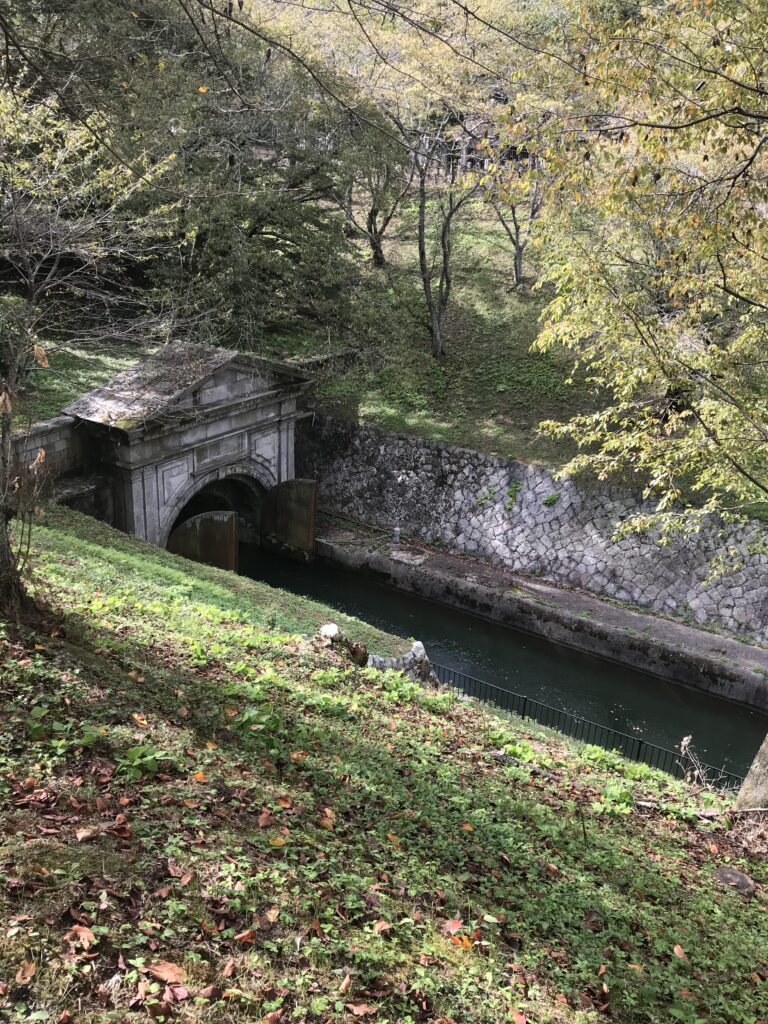
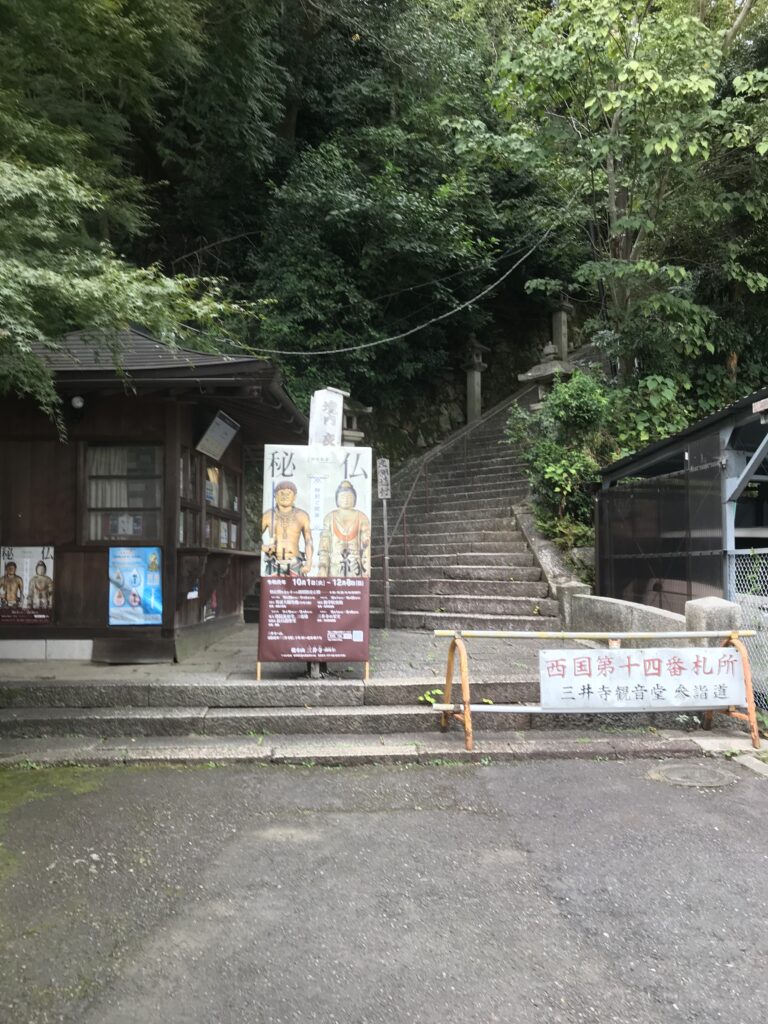
裏門から観音堂へ
そこから階段を上っていくと、観音堂の前に出ました。御本尊は如意輪観世音菩薩です。お参りした後、琵琶湖方面を眺めてきました。お寺までの坂道と寺の中の階段を上ったので、見晴らしは良く、琵琶湖までよく見えました。
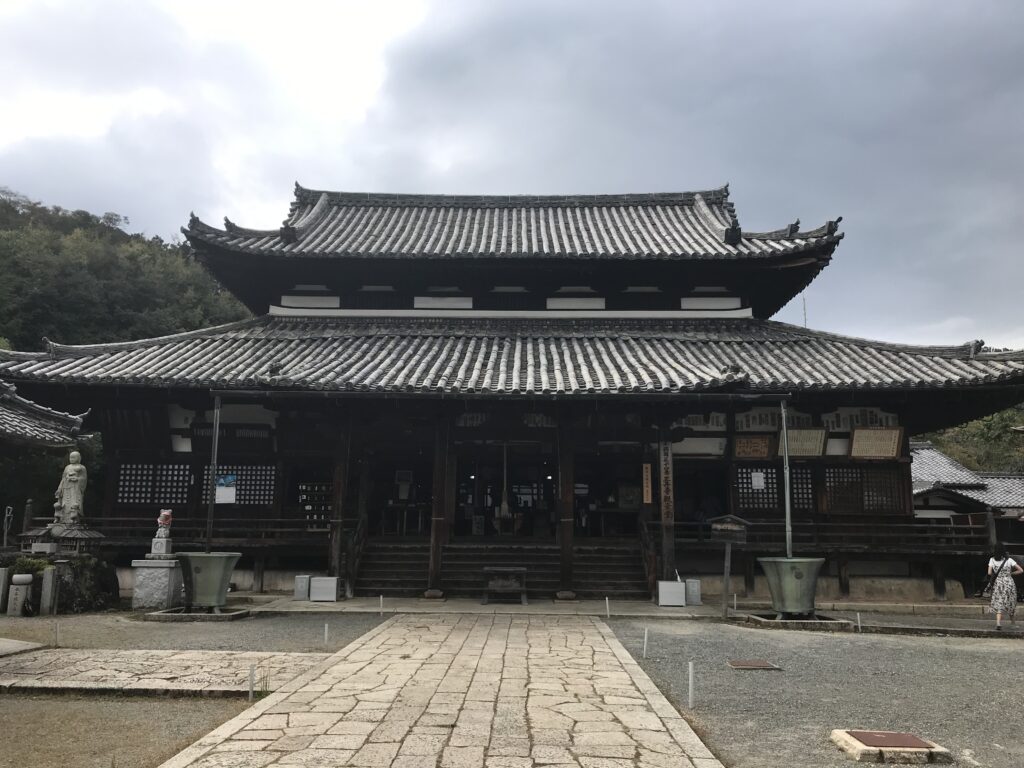
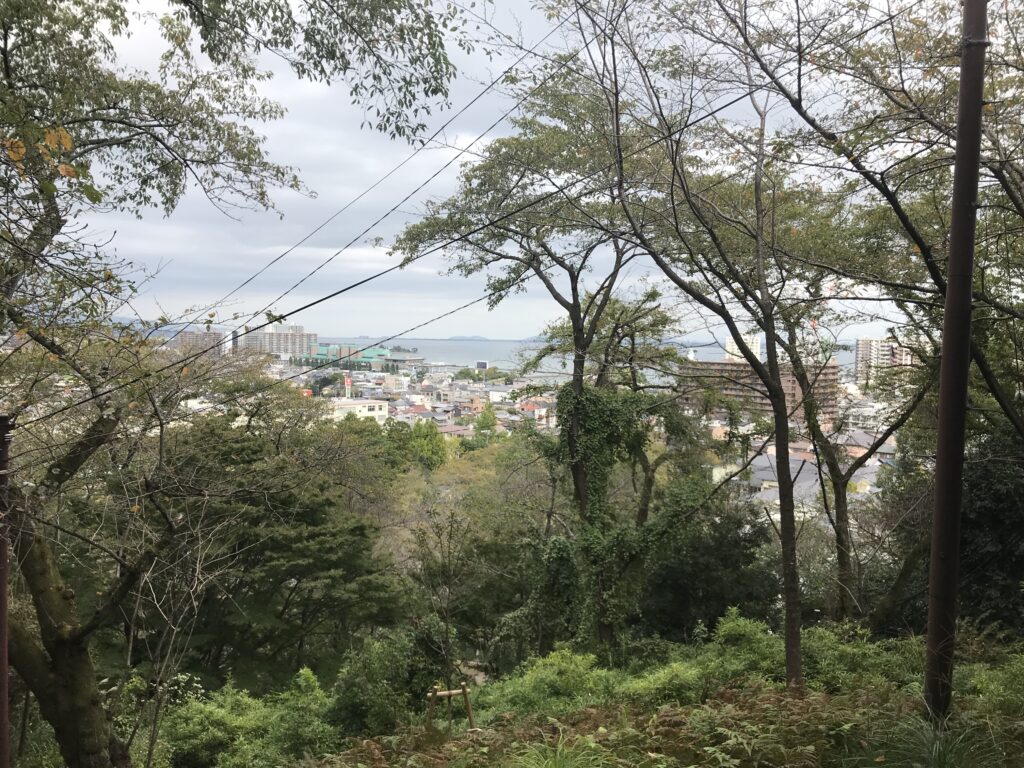
観音堂から下っていきながら、途中、三重塔や大師堂がある唐院にも立ち寄りました。その隣には一切経蔵といって、高麗版の一切経を納める回転式の八角輪蔵があります。人が誰もいなかったので解説を聞けなかったのですが、回転するということはチベットのマニ車のように一回転させると、読経したことになるのかなと思いながら眺めていました。
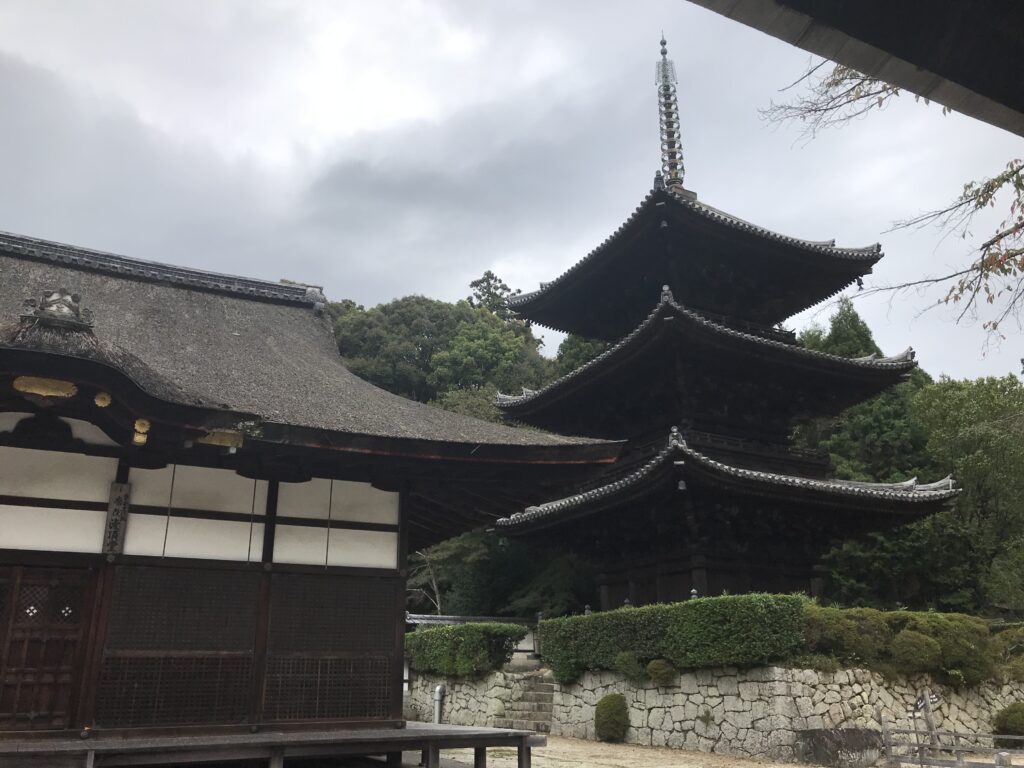
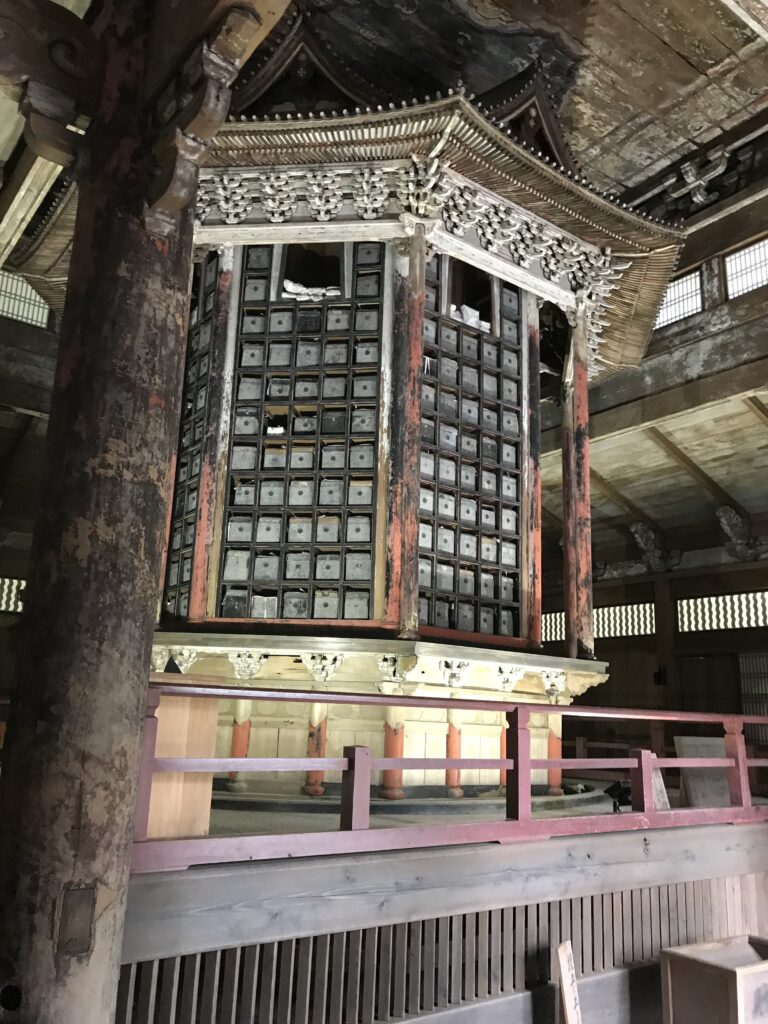
弁慶の何々と木彫りの龍
お寺には弁慶の引き摺り鐘という大きな奈良時代の梵鐘があります。昔の人は大きいものがあるとよく、弁慶の〇〇と名付けて伝説を作っていたようです。また、左甚五郎作と伝わる龍の木彫りがありますが、定番の伝説、夜に暴れるので目玉に五寸釘を打ち込み静かにしたという話です。
弁慶の鐘あたりから、写真のデータが消えてしまいお見せできないのですが、日本の三銘鐘の一つで、美しい音色で有名な三井の晩鐘があります。記念に一突き響かせてきました。(完)
三井寺の御朱印
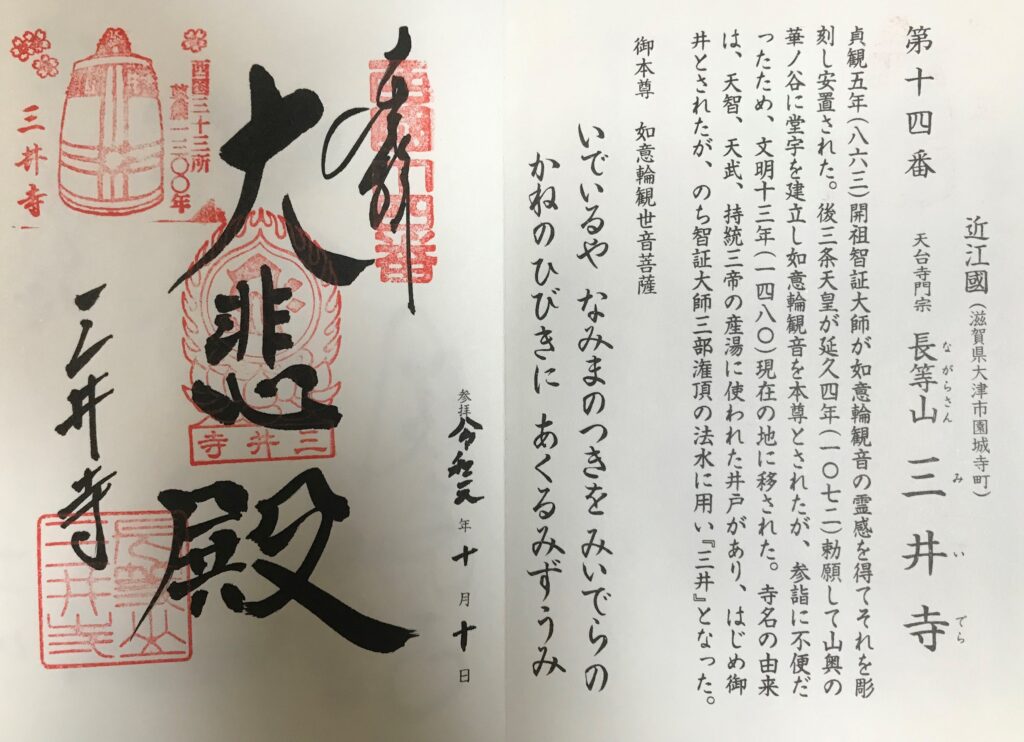
三井寺が紹介されている書籍
「西国三十三所をめぐる本」に三井寺も紹介されています。
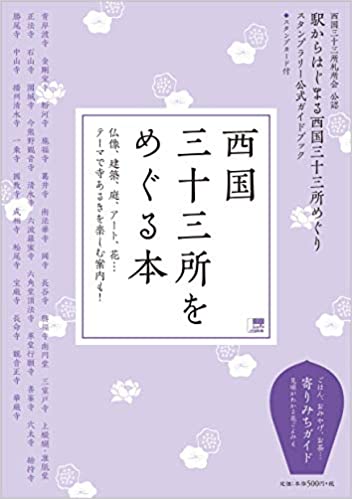
西国三十三所をめぐる本 駅からはじまる西国三十三所めぐりスタンプラリー公式 [ 京阪神エルマガジン社 ]
価格:550円
(2021/6/11 09:48時点)
感想(32件)
Miidera Temple (English)
Going up along the Lake Biwa Canal
I had an appointment with the Shiga prefectural government in the evening, so I left my office in Osaka early and went to Nagarasan Enjoji Temple (Miidera Temple), the 14th sacred site in the western Japan. Perhaps because I came up the slope along the Lake Biwa Canal, I entered the temple from the back gate instead of the Niomon gate.
From the back gate to the Kannondo
From there, I walked up the stairs and came to the Kannon Hall. The main deity of the temple is Nyoirin Kannon (Goddess of Mercy). After visiting the temple, I took a look at the view toward Lake Biwa. Since I walked up the slope to the temple and up the stairs inside the temple, I had a good view and could see Lake Biwa clearly.
As I walked down from Kannondo, I stopped at Touin, where there was a three-story pagoda and Daishi Hall. Next to the temple, there was a rotating octagonal sutra library, which houses the Korean version of all the sutras. There was no one there, so I couldn’t listen to the explanation, but I wondered if it rotated like a Tibetan mani wheel, so that if I turned it once, it would mean I had read the sutra.
Benkei’s something and a wood-carved dragon
The temple has a large Buddhist bell from the Nara period called Benkei’s dragging bell. In the old days, people used to make up legends about large bells, naming them Benkei’s something. There was also a wooden carving of a dragon that was said to have been made by Jingoro Hidari, and the story goes that he drove a five-inch nail into his eyeball to quiet him down because he was rampaging at night.
I can’t show you a photo of the Benkei bell, because the data of the photo has been lost, but there is the Mitsui bell, one of the three most famous bells in Japan, famous for its beautiful sound. It is one of the three most famous bells in Japan. (End)
Temple Miidera (Français)
Remontée le long du canal du lac Biwa
J’avais un rendez-vous avec le gouvernement préfectoral de Shiga dans la soirée, j’ai donc quitté mon bureau à Osaka tôt et je me suis rendu au temple Nagarasan Enjoji (temple Miidera), le 14e site sacré de l’ouest du Japon. Peut-être parce que j’ai remonté la pente le long du canal du lac Biwa, je suis entré dans le temple par la porte arrière au lieu de la porte Niomon.
De la porte arrière du Kannondo
De là, j’ai monté les escaliers et suis arrivé à la salle Kannon. La déité principale du temple est Nyoirin Kannon (déesse de la miséricorde). Après avoir visité le temple, j’ai jeté un coup d’œil à la vue sur le lac Biwa. Comme j’ai monté la pente jusqu’au temple et les escaliers à l’intérieur du temple, j’avais une bonne vue et je pouvais voir clairement le lac Biwa.
En descendant de Kannondo, je me suis arrêté à Touin, où se trouvent une pagode à trois étages et le Daishi Hall. À côté du temple, il y avait une bibliothèque de sutras octogonale rotative, qui abrite la version coréenne de tous les sutras. Comme il n’y avait personne, je n’ai pas pu écouter l’explication, mais je me suis demandé si elle tournait comme une roue mani tibétaine, de sorte que si je la tournais une fois, cela signifiait que j’avais lu le sutra.
Le quelque chose de Benkei et un dragon sculpté en bois
Le temple possède une grande cloche bouddhiste de l’époque de Nara, appelée la cloche à traînage de Benkei. Autrefois, les gens avaient l’habitude d’inventer des légendes sur les grandes cloches, les nommant Benkei’s quelque chose. Il y a aussi une sculpture en bois d’un dragon qui aurait été faite par Jingoro Hidari, et l’histoire raconte qu’il lui a enfoncé un clou de cinq pouces dans le globe oculaire pour le calmer parce qu’il se déchaînait la nuit.
Je ne peux pas vous montrer une photo de la cloche Benkei, car les données de la photo ont été perdues, mais il y a la cloche Mitsui, l’une des trois cloches les plus célèbres du Japon, célèbre pour son beau son. C’est l’une des trois cloches les plus célèbres du Japon. (Fin)
